Introduction to the taste and flavor characteristics of Sidamo Huakui coffee varieties
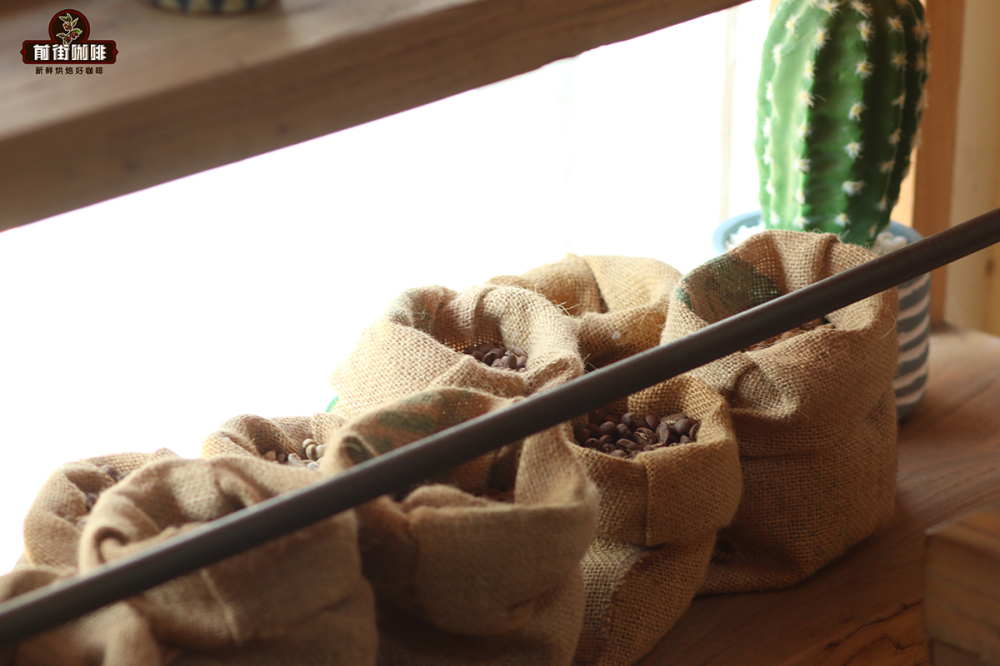
Huakui coffee beans are very popular in Chinese coffee circles, which has been in its sixth year since 2017. However, there are still many friends who have just come into contact with coffee who do not know about this coffee bean, so Qianjie will do an introduction to Huakui coffee beans for you.
First, let's talk about the origin of Huakui coffee beans. The authentic Huakui coffee beans are produced in Humbera, the sub-region of Sidamoguji, Ethiopia.
Sidamo coffee producing area
The Sidamo producing area (Sidama) is located in southern Ethiopia. It is administratively subordinate to Oromia, and later became an independent first-level administrative unit, at the same level as Oromia, because of the planning needs of its coffee producing areas. The industry here is dominated by agriculture, and the coffee-growing area is located around the East African Great Rift Valley (Great Rift Valley).
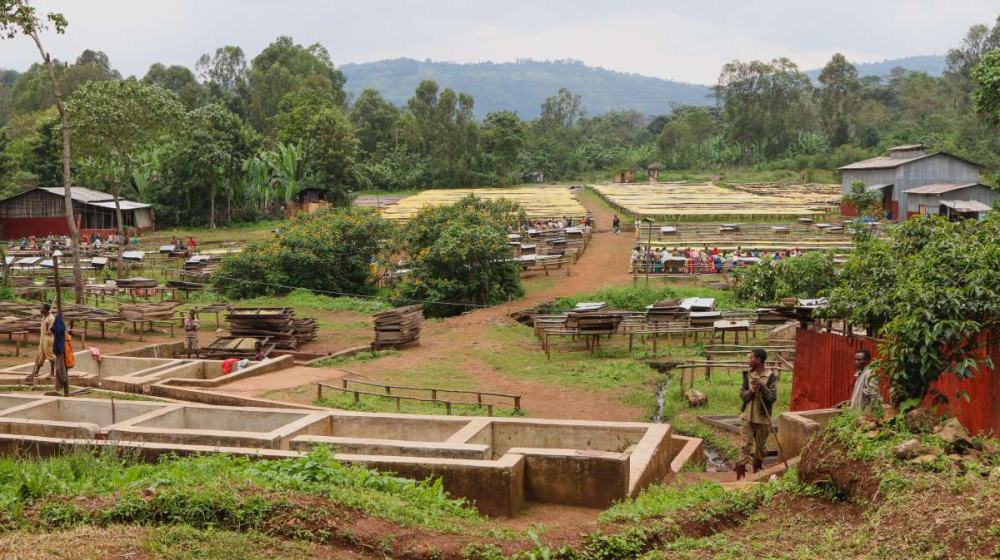
The coffee flavor of Sidamo is very diverse, and the different soil types, microclimate and countless native coffee species make the coffee produced in each town have obvious differences and characteristics.
Qianjie believes that as a large coffee producing area, with the gradual refinement of coffee producing areas, more and more small coffee producing areas are independent into their own system, among which the most famous coffee growing areas in Sidamo are GUji and West Arsi. Most of the raw coffee beans are treated by sun treatment in Sidamo area. Sun-treated coffee beans have a strong fruity aroma & smooth taste.
Guji producing area
Gucci used to belong to the Sidamo region, but it has been independent into a new production area by the Ethiopian Commodity Exchange (ECX) in 2010. The Guji producing area, located in the southeast of Yejasuffi, is an area with complex topographical changes such as towering mountains, valleys and plains. The geology of this area belongs to the nutrient-rich black soil (Vertisol), the depth of the soil is nearly two meters, and the average elevation is more than 1800 meters. The significant temperature difference between day and night created by geographical characteristics makes the local area have various local conditions for producing high-quality coffee. What makes Guji famous, Qianjie has to mention Huakui beans.
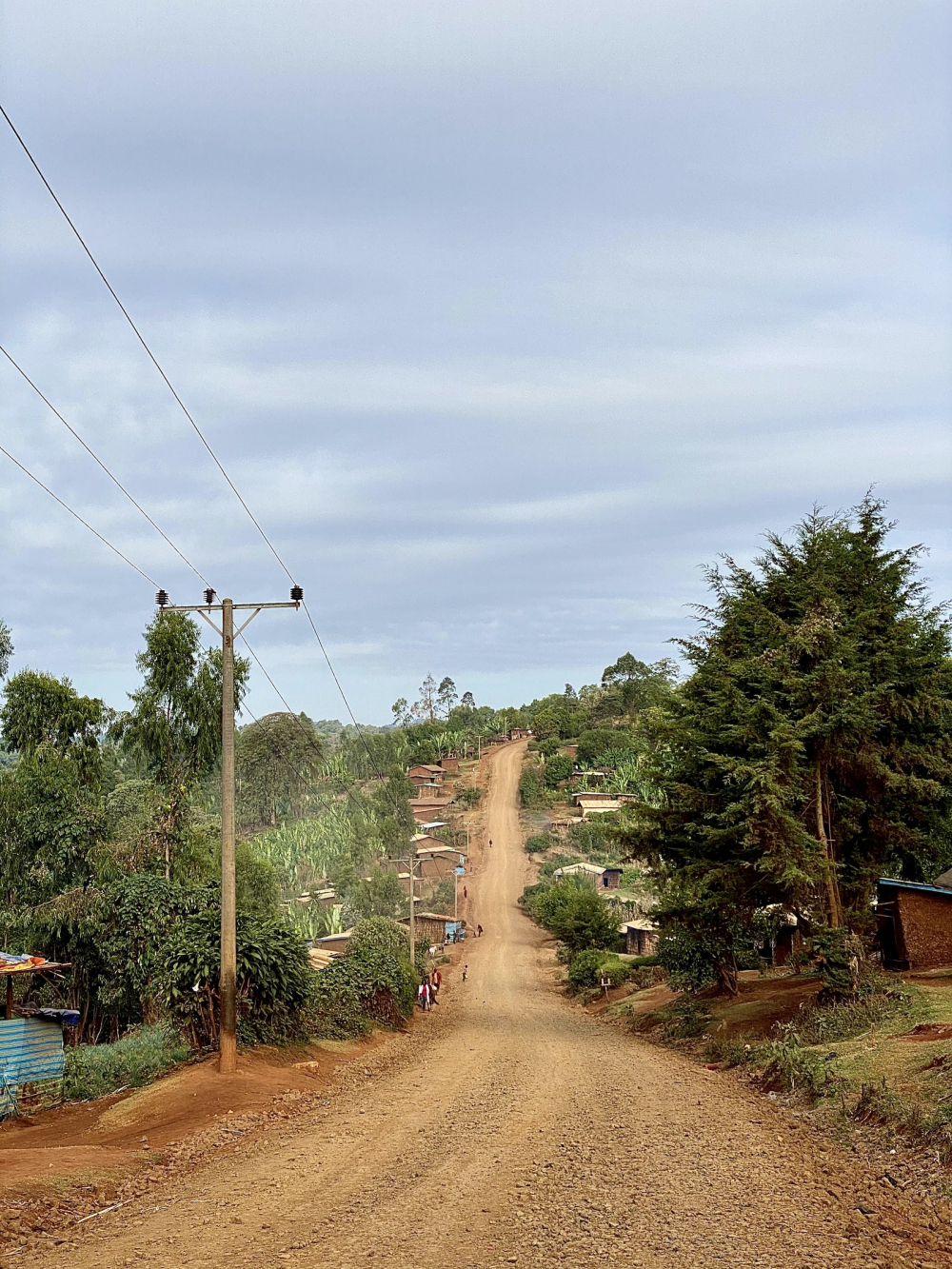
Huakui is produced in Humbera, which belongs to the sub-producing area of Guji. The west of Humbera faces the mountain of Yega Fischer. The two producing areas are separated by a highland with an elevation of 3200 meters and a width of about 30 kilometers. The north-east is bordered by Shaquiso, Wulaga and Korshazi, respectively. It is the coffee producing area with the highest elevation in Ethiopia.
The origin of the name of Huakui coffee
In 2017, Ethiopian DW sent their coffee beans to the TOH (the Taste Of Harvest) raw bean competition hosted by the African Coffee Association. A batch of Humbela sun beans from the "Buku Abel" processing plant won the championship of TOH Ethiopia with its strong strawberry and cream aroma.
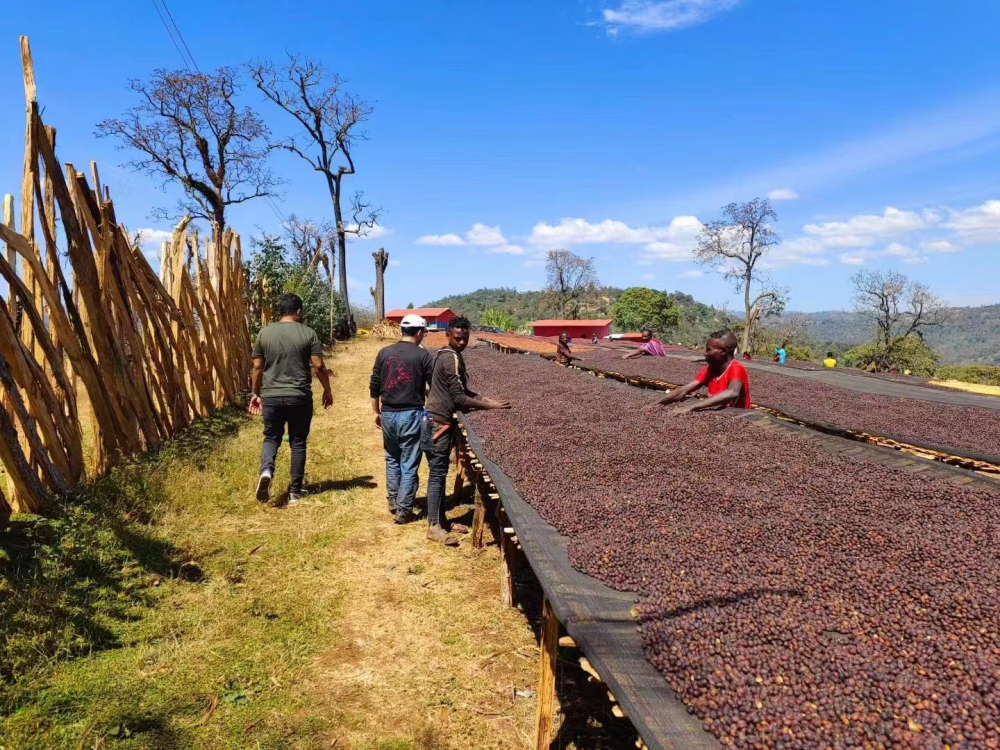
In that year, this batch of raw beans was introduced to China by Hongshun, a raw bean trader in Beijing, and Li Jianfei won the runner-up in China in the 17-year World Cooking Competition in the same year.
This Ethiopian bean stands out among the many Rose Summer participating beans, so it is called "Sakuran".
Rosa Geisha means geisha in Japanese, and Hua Kui means the head of a geisha to show the excellence of this bean. )
In a narrow sense, Qianjie believes that only the batch of coffee beans that won the toh championship in 2017 can be called Sakui Coffee.
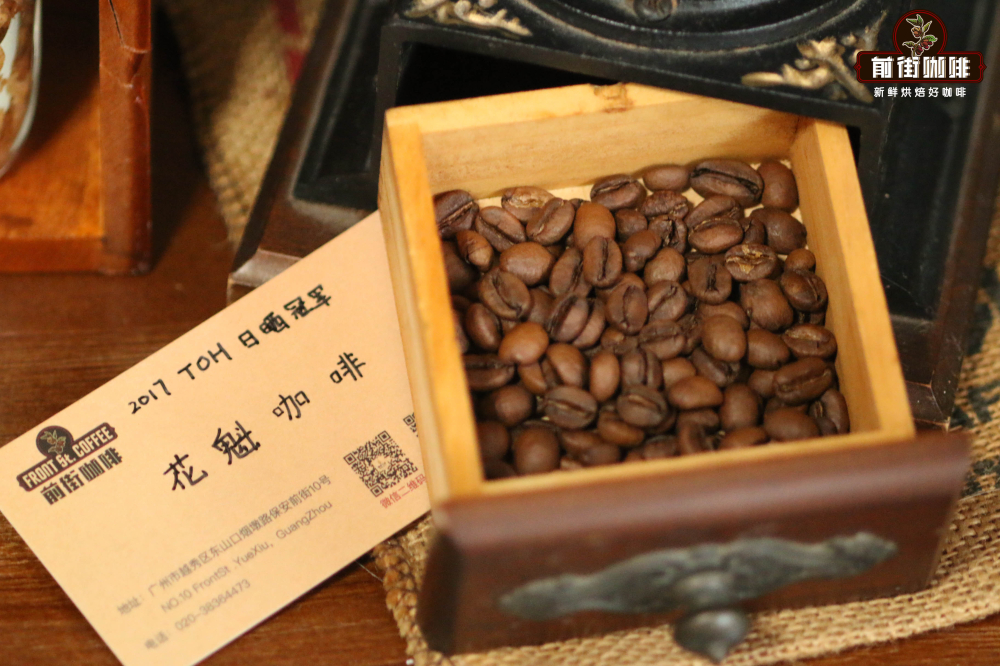
Of course, if the requirements are relaxed, the coffee beans from the "Buku Abel" processing plant that Humbera Hongshun continues to introduce into Humbera are authentic Sakuran coffee beans, but Sakui Coffee is famous because of its unique strawberry flavor. The flavor of Huakui coffee beans produced in subsequent years is becoming less and less obvious, and Hongshun trade, which is responsible for the introduction, is also aware of this.
So add the suffix "X.0" to the Sakuran according to the year. For example, the one produced in 2018 is called Sakuran 2.0 and the one produced in 2019 is called Sakuran 3.0.
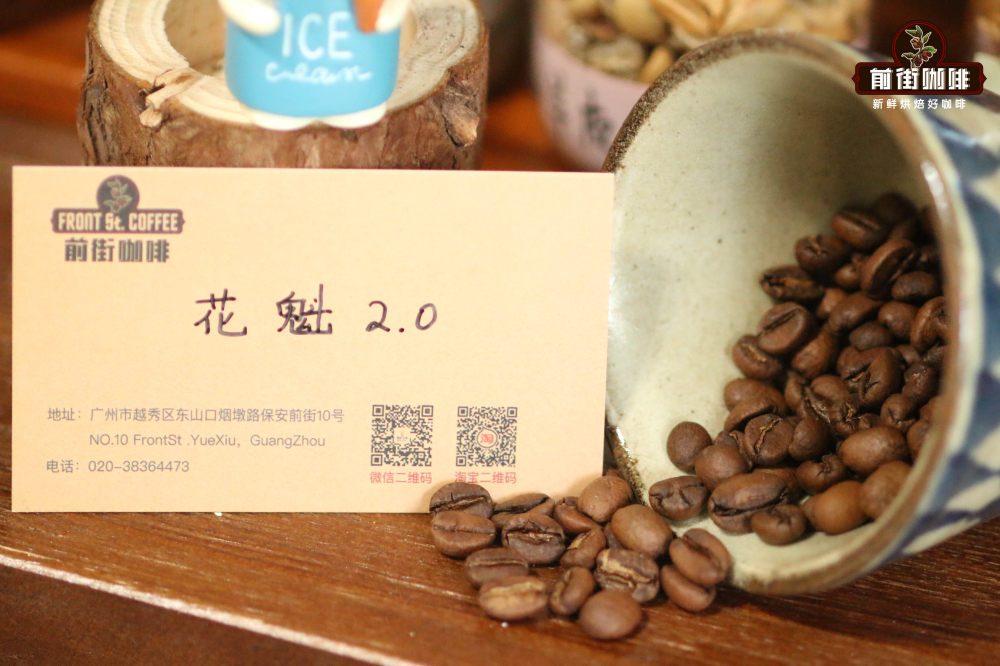
In terms of producing areas, due to the large number of Sakui coffee in domestic demand, a single Buku processing plant has been overwhelmed, so DW has expanded to four processing plants, and the purchase of coffee has also increased significantly. By Huakui 5.0, its flavor has changed from strawberry to citrus fruit.
2022 is destined to be a year of changeable weather and disasters. Panamanian coffee production has been greatly reduced, while Sakui 6.0, which came to 2022, is also facing a poor appearance. Qianjie by Hongshun Huakui 6.0, found that its appearance is much worse than last year, a large number of shell beans, flat beans, very affect the look and feel.
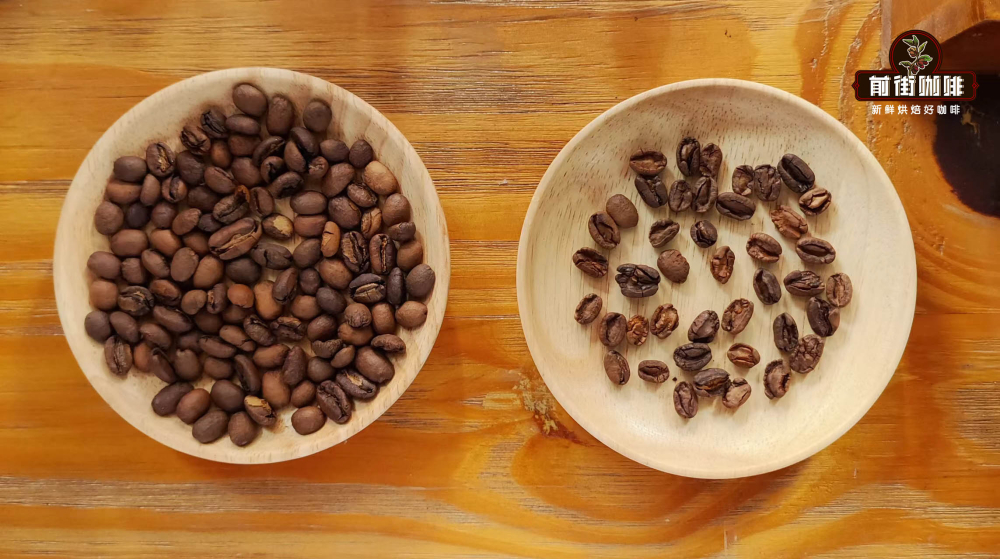
However, because the defect rate of this batch of Sakui 6.0 is so high, Qianjie found another kind of Sakui coffee beans processed in the new season through the Humbera buku processing plant (Sakuran's processing plant in 2017). This Huakui coffee bean is also produced in Humbera, processed by the buku processing plant, and has a full bean appearance, which is very similar to the appearance of Huakui coffee beans in previous years.

Qianjie tested this Huakui coffee bean, the flavor is orange blossom, citrus, honey, grapefruit, the juice feeling is very strong, and the flavor of Huakui 5.0 is very similar.
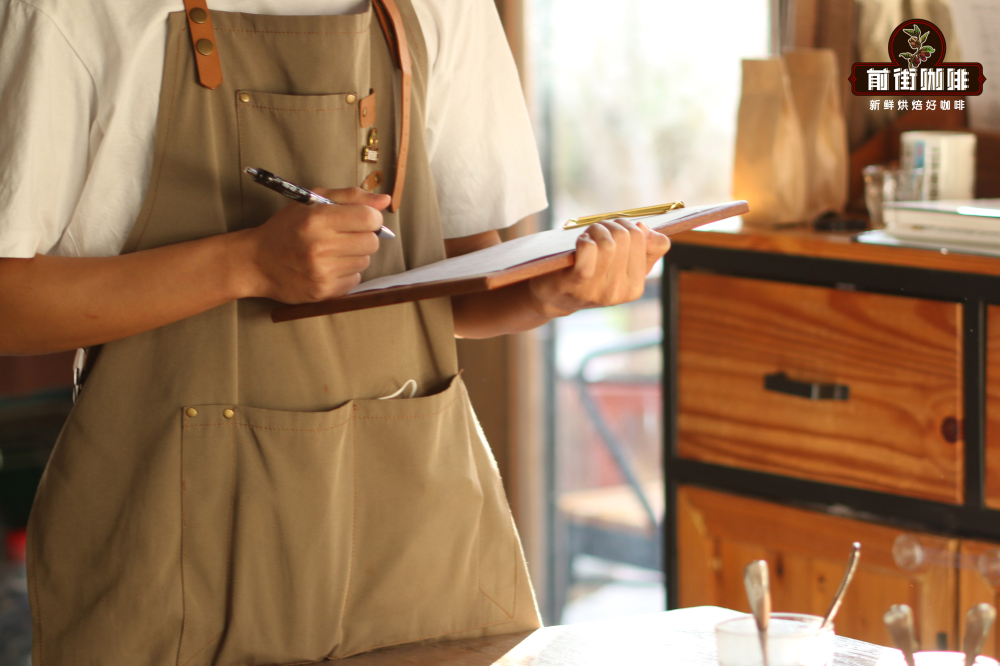
Roasting Analysis of Qianjie Coffee
First of all, we will observe the flavor description provided by the raw bean merchants, and then test the moisture content of the beans.
The raw beans of Huakui coffee just got have the fermented aroma of coffee flowers, which is completely different from the grass aroma of ordinary raw beans.
Moreover, the size of Huakuisheng bean is different, the tip of head and tail is more, and the moisture content measured is within the ideal value (about 11%).
Due to the high density and high hardness of beans, the front stage is baked, and the front street plans to prolong the dehydration time and quickly heat up and store energy before an explosion; after entering the first explosion, try to retain the loss of small molecules such as flower fragrance.
Qianjie Coffee Baking record-Taiwan Yang Family 800N
In order to highlight the sweet fruit flavor of Huakui coffee and beans, Qianjie uses shallow baking.
The amount of baked beans is 190 degrees; dehydration turns yellow in nearly 6 minutes (the yellow point is about 150-153 degrees); it explodes in 9 minutes and 55 seconds (here: Sakui's explosion is later than ordinary beans, and the sound is very weak); the development time is recommended to control no more than 1 minute 30 seconds, nor less than 1 minute (it is recommended to open the throttle to control the speed) about 193 degrees out of the pot. The overall time should be controlled within 11 minutes.
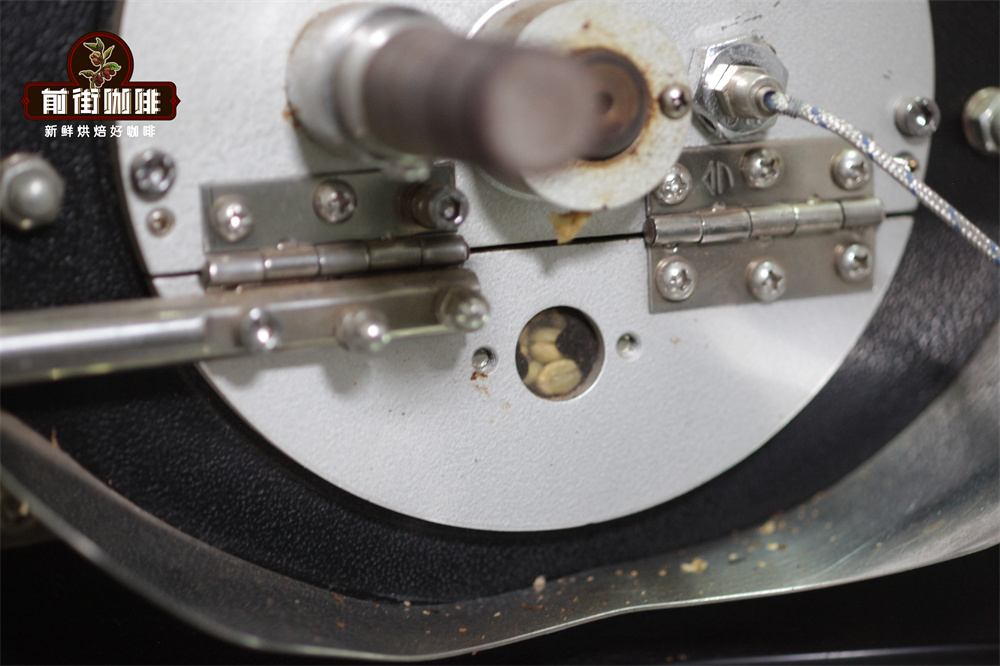
The coffee hand in front of the street suggested
V60 filter cup cooking
Powder content: 15g
Filter cup: V6001filter cup
Water temperature: 90 ℃-91 ℃
Gouache ratio: 1:15
Degree of grinding: hand punching fine grinding (China 20 standard screen pass rate 80%)
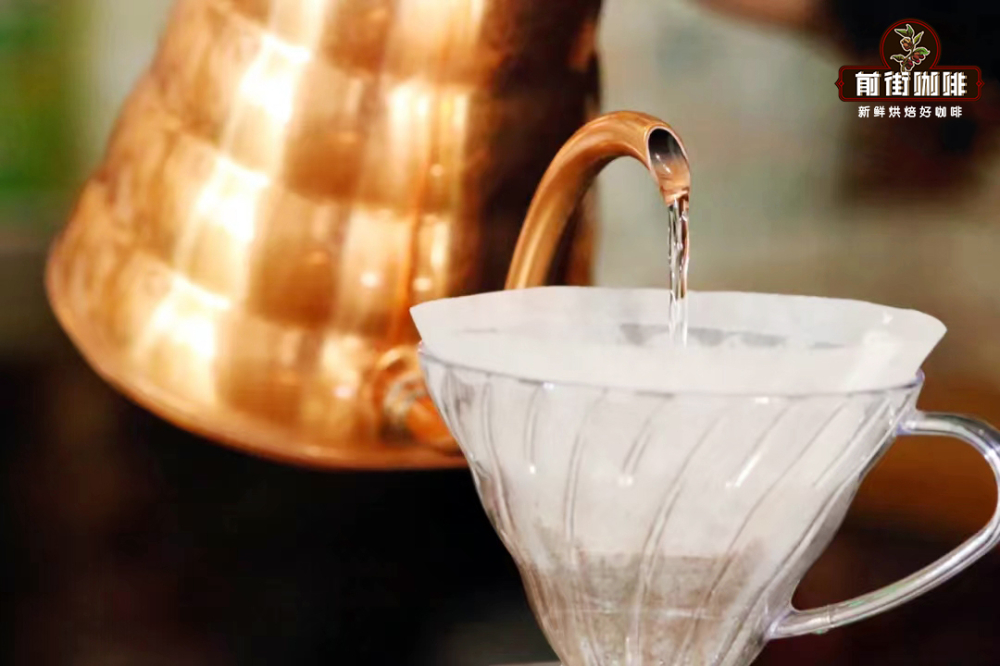
This time, the three-stage cooking method of Qianjie is used.
First, preheat the filter cup and sharing pot and pour in 15g coffee powder.
The first stage is filled with 30 grams of water and steamed for 30 seconds (it is not recommended that the steaming time is too long, because it is prone to astringency. )
In the form of a concentric circle around the center of the second section, 120 grams of water is injected (the injection time is about 1 minute).
The third paragraph will be injected when you see the powder bed. Inject 90 grams of water in the same way. When all the water flows into the pot, remove the filter cup and finish the extraction. The total cooking time is 2 minutes 05 seconds.
Flavor description: sour citrus, full berry juice, lemon black tea, long-lasting sweetness.
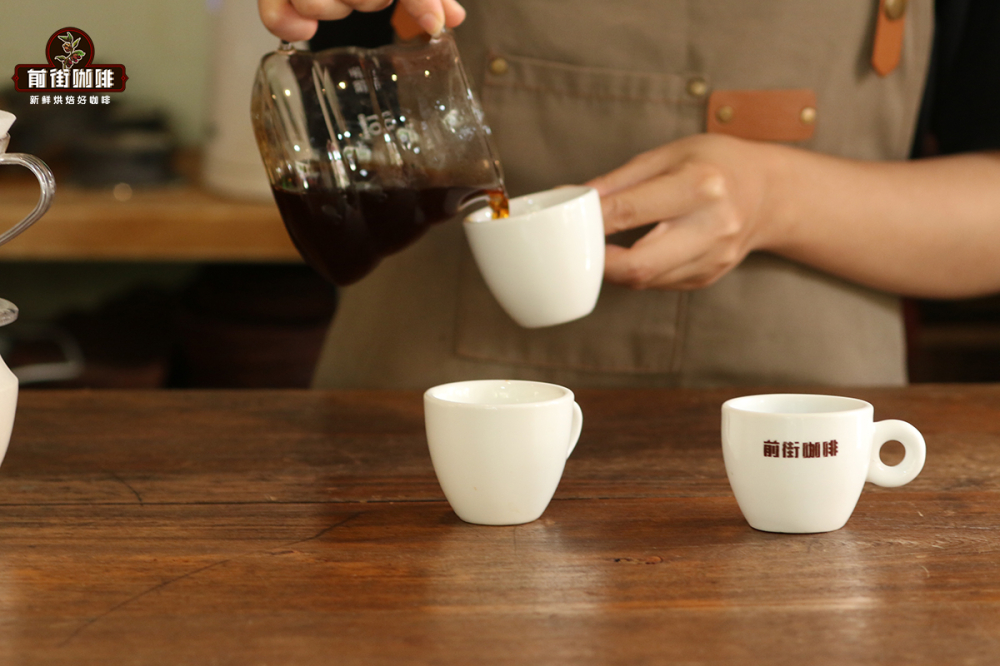
Professional coffee knowledge exchange more coffee bean information please follow the coffee workshop (Wechat official account cafe_style) more boutique coffee beans please add private Wechat Qianjie coffee, WeChat: qjcoffeex
Important Notice :
前街咖啡 FrontStreet Coffee has moved to new addredd:
FrontStreet Coffee Address: 315,Donghua East Road,GuangZhou
Tel:020 38364473
- Prev

Sidamo Sakui hand data how to drink Sidamo Sakui coffee
For the exchange of professional baristas, please follow the Sakuran hand made by the coffee workshop (Wechat official account cafe_style). 15g powder, medium fineness grinding (small Fuji ghost tooth cutter 3.5grinding), v60 filter cup, 9193 degrees water temperature, 30g water injection for the first time, steaming for 27 seconds, water injection to 105g water cut off, wait for the water volume of powder bed to be reduced to half and then water injection, slow water injection until 225g water, do not use water at the end.
- Next
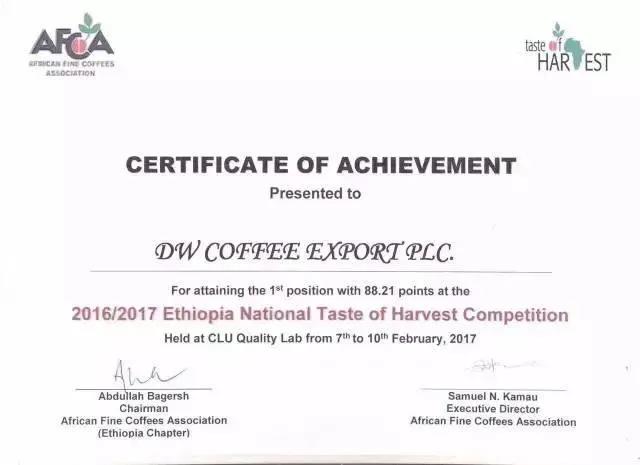
Sidamo Coffee Features Huakui 6.0 Coffee Bean Flavor taste and name Source latest News
For the exchange of professional baristas, please follow the coffee workshop (Wechat official account cafe_style) EthiopianSidamoShakissoNatural country: Ethiopia: Guji region altitude: 2250-2350 treatment: sun varieties: local
Related
- Detailed explanation of Jadeite planting Land in Panamanian Jadeite Manor introduction to the grading system of Jadeite competitive bidding, Red bid, Green bid and Rose Summer
- Story of Coffee planting in Brenka region of Costa Rica Stonehenge Manor anaerobic heavy honey treatment of flavor mouth
- What's on the barrel of Blue Mountain Coffee beans?
- Can American coffee also pull flowers? How to use hot American style to pull out a good-looking pattern?
- Can you make a cold extract with coffee beans? What is the right proportion for cold-extracted coffee formula?
- Indonesian PWN Gold Mandrine Coffee Origin Features Flavor How to Chong? Mandolin coffee is American.
- A brief introduction to the flavor characteristics of Brazilian yellow bourbon coffee beans
- What is the effect of different water quality on the flavor of cold-extracted coffee? What kind of water is best for brewing coffee?
- Why do you think of Rose Summer whenever you mention Panamanian coffee?
- Introduction to the characteristics of authentic blue mountain coffee bean producing areas? What is the CIB Coffee Authority in Jamaica?

